I was sitting cross-legged on the floor of artist Merche Gaspar Caro’s studio in Barcelona on a rainy Monday morning when I asked myself, “Why isn’t this artist better known?”
We had met by chance some months earlier, when I passed by the Galeria Subex, which at the time was hosting a show of her recent work. I was initially drawn in by the exhibition poster, which displayed a stunning image of a young woman wearing a dark-blue dress and a white apron. Once inside the gallery, I was enthralled by canvases of mothers and daughters, drawings of birds and paintings of children playing or curled up in bed reading stories. Many featured a wonderfully cool, contemporary palette of mauve, gray and sapphire.
Gaspar herself happened to be at the gallery at the time I wandered in; that unplanned diversion from my schedule proved far more memorable and worthwhile than whatever I had originally planned. On my next visit to Spain, I gratefully accepted the invitation to see more of the artist’s work.
Gaspar began by pointing out different aspects of her working environment: the pale light streaming through the trees just visible above the transom windows; the corner draped in patterned fabrics where a model could pose; the different brushes and pigments she had laid out. We studied her current project, of an old man and a young boy playing chess, along with many of the preparatory drawings.
I thumbed through a watercolor sketchbook of images that Gaspar had painted on a recent trip to Africa, admiring her elegant studies of women in jewel-toned fabrics, engaged in the practicalities of life — sowing seeds, carrying an infant — all suggested with both a sense of joy and an incredible deftness of handling.
We then switched to the opposite end of the scale, as Gaspar brought out an enormous canvas of a man in rumpled clothes, slumped on the carpet at the foot of a bed, his face hidden in his hand, profound in his grief.
On another large canvas, a flock of white geese shuffled through a crunching drift of snow; in another, two woolly sheep stood amid a verdant landscape aflame with the sort of Neo-Fauvist colors that we do not see in nature, but sometimes perceive in flashes of sunlight.
At lunch later that day I was curious to know whether there was a particular subject that Gaspar was drawn to. “The human figure, definitely,” she says, “in portraits or everyday scenes of people. And light. If there is a good patch of light somewhere, I prefer it. Especially on a face.
“I’ve stopped people on the street and asked them to pose for me,” she continues. “If they have something about them that strikes me, I’m already thinking about the painting — about their expression, their nose, and so on. Later when I get to work, then I really begin to look, to see. And there’s a lot to learn from a face.”
Her images of children are quite striking — she succeeds in portraying them with affection but without sentimentality. As a mother of two boys herself, as well as an art educator, Gaspar has spent a lot of time with children and enjoys getting down on the rug and building with Lego just as much as children do, she says.
“Children want to explore and learn and play,” Gaspar points out. “That’s something which adults have largely lost. And I think that when children can connect with an adult, they’re really connecting with the child who is still inside that adult.”
Sometimes that ability to connect has taken Gaspar to unexpected places.
“The husband of an English collector who follows me on Instagram contacted me,” she recalls, “and asked if I could paint portraits of their children as a gift for his wife. We were negotiating the details of how I would do this, and I explained that I would have to work from photographs. And then he offered, ‘I can fly you over.’
“At first I didn’t quite understand what he was saying,” she explains, “my English being what it is. What did he mean, ‘Fly you over’? But eventually I went and stayed at the home of these lovely people and their beautiful children — children who exhibited no drama at all because they’re English, not Spaniards. I was there with them for three days, took lots of photos and made many drawings before I went back to Barcelona and started painting. It was marvelous, and I think it’s among the best work that I’ve done.”
In addition to exhibiting work in galleries and museums, most recently at Barcelona’s Museu Europeu d’Art Modern, in recent years Gaspar has been receiving more inquiries and commissions from around the world — the US, the UK, France, Cyprus. I ask how much artistic latitude she is given with such a diverse clientele.
“Today most clients respect my judgment, and while a client might request conditions at the start,” Gaspar explains, “later if they decide to impose further conditions after you’ve already started, you can get to a point where you tell them, ‘Look, I can do that, but you’re diluting what I’ve already done.’ People seek me out because I do things in a certain way. I can try to adapt to what they want, but if there’s too much interference, then we’ll both have to sign the painting at the end, because it won’t really be my work alone.”
Over time, Gaspar has learned how to handle the delicate balancing act between giving patrons what they want and remaining true to herself.
“When I first began to have clients,” she says, “I would tell them, ‘I’ll do this, and if you don’t like it then you can keep it, and I won’t charge you for it.’ But later it developed that, if I felt that I had to do things the way that they wanted to, I’d say to myself, ‘Well, I’ll paint two portraits. The one that they think that they want, and the one that I want to do.’ And in the end, they would always want to keep both paintings.”
If the art world is as progressive as it claims to be, I ask her, why does it continue to treat talented women artists as if they were second-rate? “Because it’s still the case that male artists, from the beginning, are encouraged by the art establishment to flourish, and women artists are not,” she says. “So if you start out with a situation in which you have two artists, a man and a woman, of equal talent, and they both go to study fine arts, from the moment they get there the male artist is encouraged to strive and succeed, while the establishment does nothing to help the woman artist.”
I observe that there seems to be a prerequisite for those women who do get heavily promoted by the art establishment to be strange people who create intentionally ugly art, something that male artists don’t seem to have to deal with.
Gaspar agrees. “Men can just show their work. But a woman, to be accepted and promoted by the art establishment, has to be different or do weird things. It’s just another form of women having to do more in order to be noticed, and not being allowed to have their work stand on its own merit.”
Gaspar’s own experience of this hypocrisy at first led her to obscure her identity.
“When I started painting and I signed my pictures, I hid my name,” she explains. “I didn’t want people to think that it was the work of a woman, so I signed them ‘M. Gaspar.’ I had formed the impression that my pictures would be better regarded by the art establishment if people thought that they were painted by a man, rather than by a woman.” She’s long since signed her full name to her work.
Gaspar describes her art school experience as having been very difficult not only as a woman, but as a figurative painter.
“Back in the Eighties when I began as an art student,” she recalls, “I brought along examples of the work I had been doing in my teens. And the instructors said, ‘Is this your work? That’s over and done with. You have to learn how to express yourself by abstracting your thinking.’ And I responded, ‘Why am I supposed to become an abstract painter, if that’s not what I want to do?’ I didn’t understand what they were talking about, and so this was a bad period for me. “The entire time that I spent there,” explains Gaspar, “I had the feeling that my work wasn’t worth anything, and that what I myself wanted to do was useless. And of course, they didn’t actually teach you how to become a better artist, only how to become what they wanted you to be. Everyone ended up painting the same way, to achieve good marks, and it was absurd. I resisted it.”
I surmised that this had a negative impact on her expectations of what she might achieve as an artist.
“Exactly,” she agrees. “I finished school, started working and eventually achieved some level of success. But I never expected to have much, based on my experience. There comes a moment where you just accept that. But then you have to ask, ‘Well, then who am I doing this for?’ And if you’re honest, then you ought to know that you should really be doing this for yourself. Time has helped,” Gaspar reflects. “As you proceed in your career, you get more people commissioning or acquiring your paintings. Eventually, you reach a point where you don’t have to fight for work — or wait and hope that clients show up.”
At this point in her career Gaspar isn’t interested in conforming to what the art establishment expects.
“I think that art is capable of transmitting truth, and very profound sensations, and that’s what we as artists have to try to achieve,” Gaspar says. “I can’t avoid being labeled a ‘Contemporary Artist’, because I’m living right now. But I think that if I tried to be someone else, just to please others, I wouldn’t be able to achieve anything.”
This article was originally published in The Spectator’s September 2024 World edition.



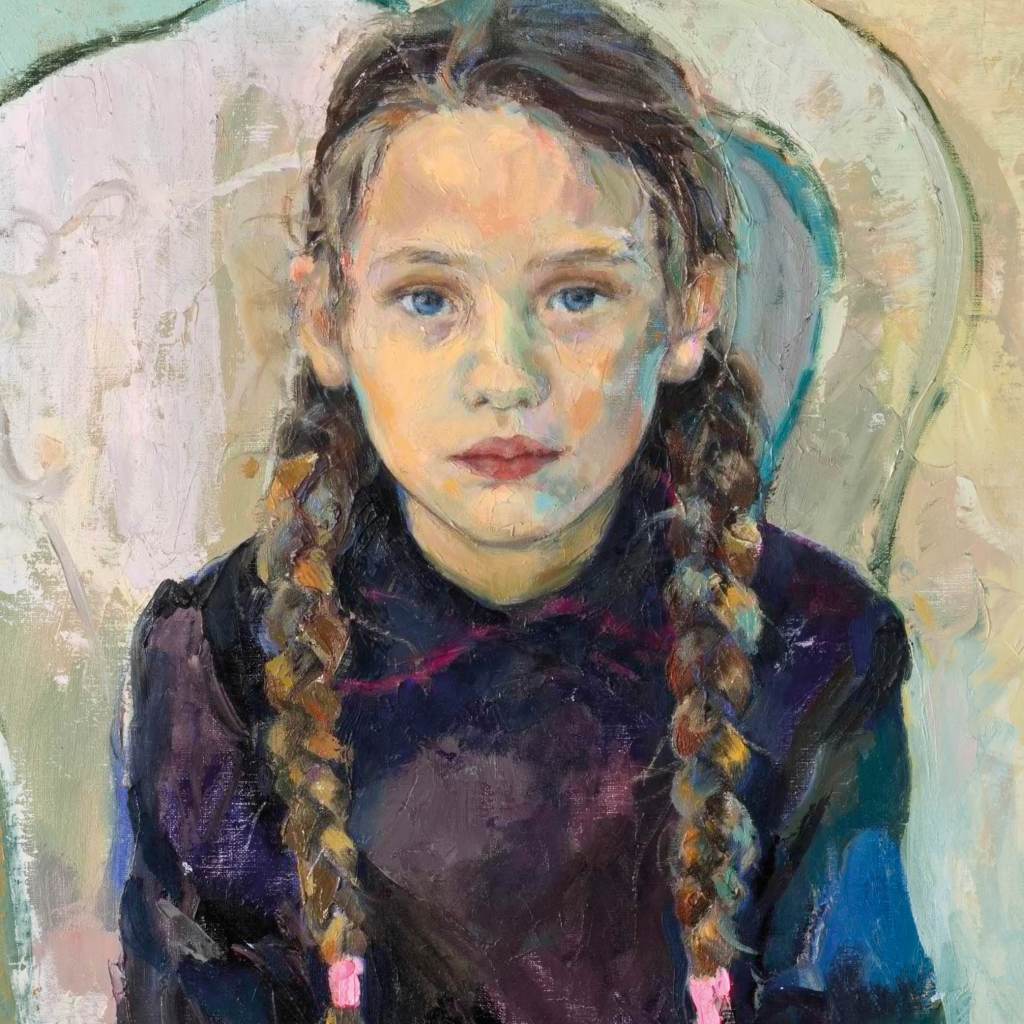






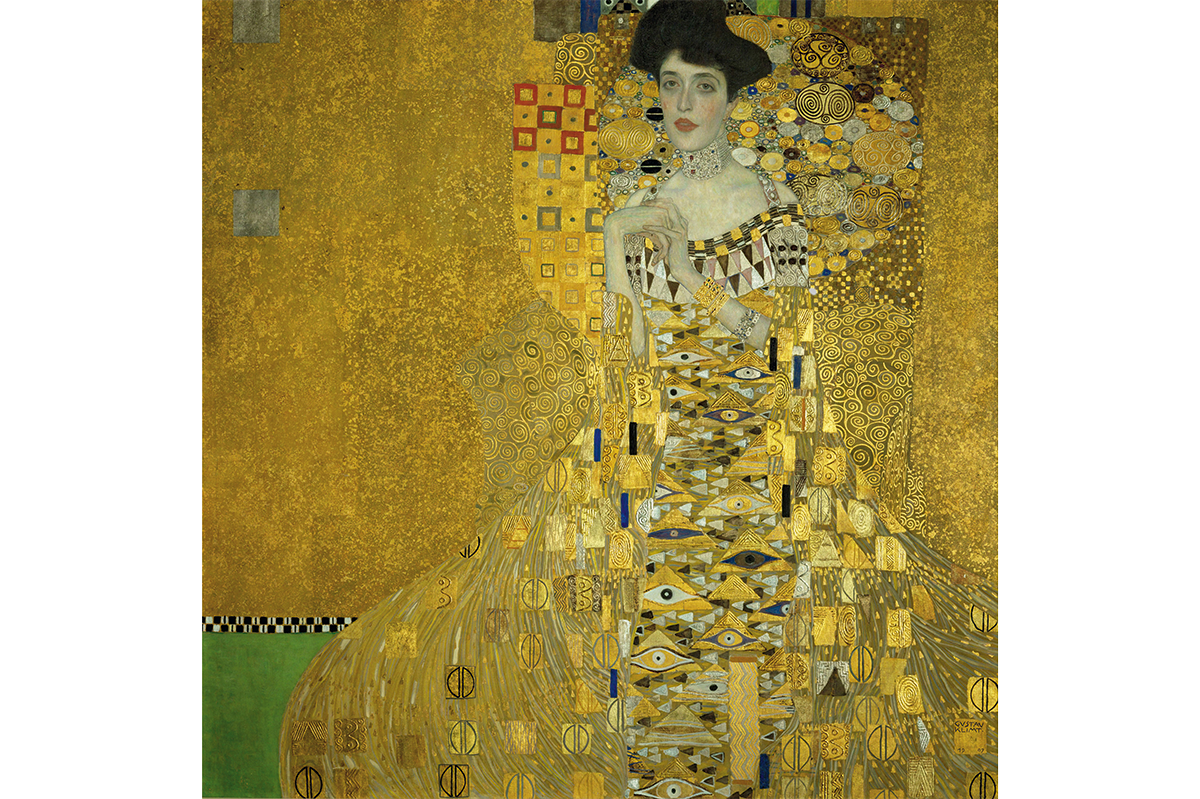
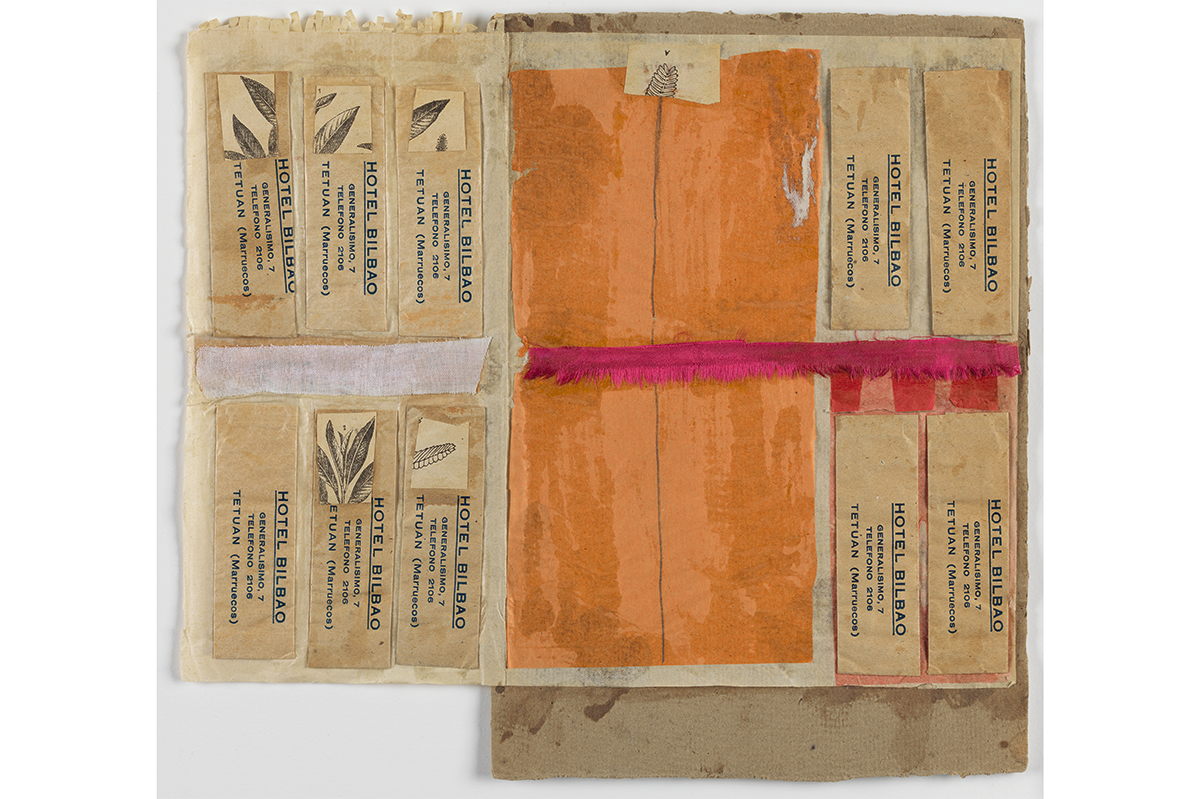
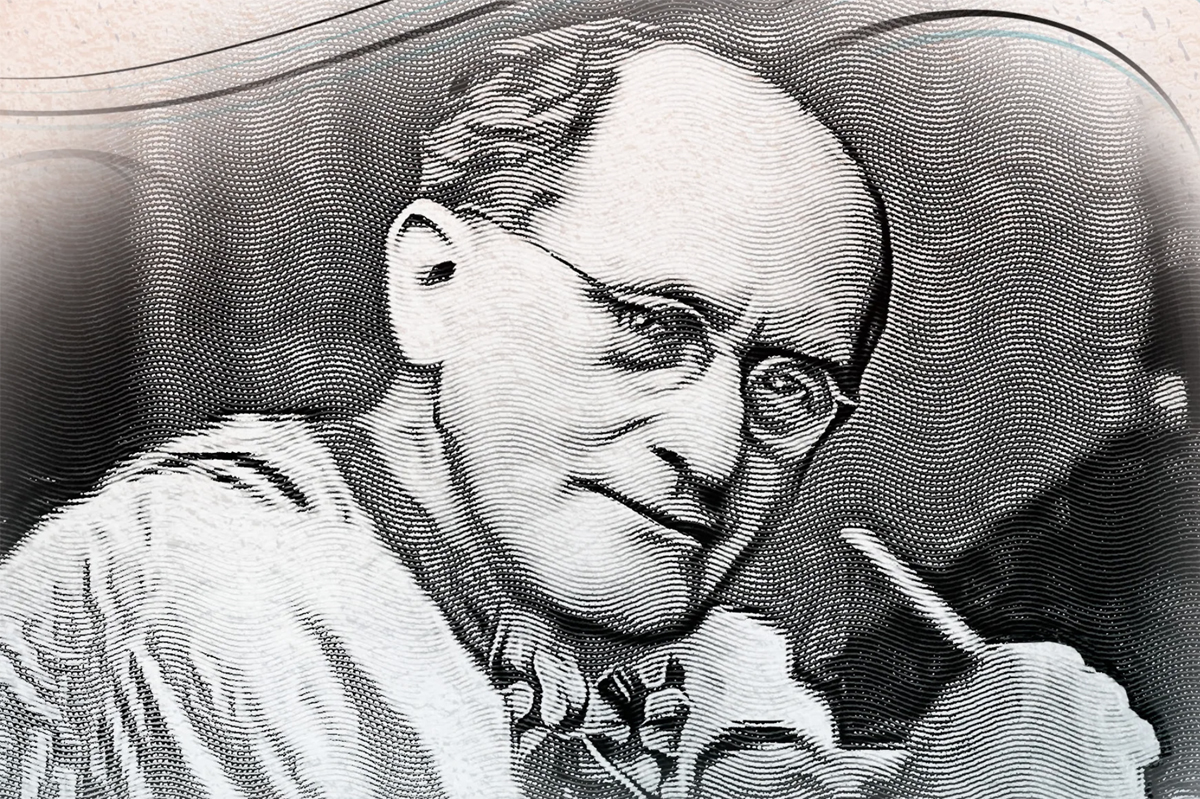
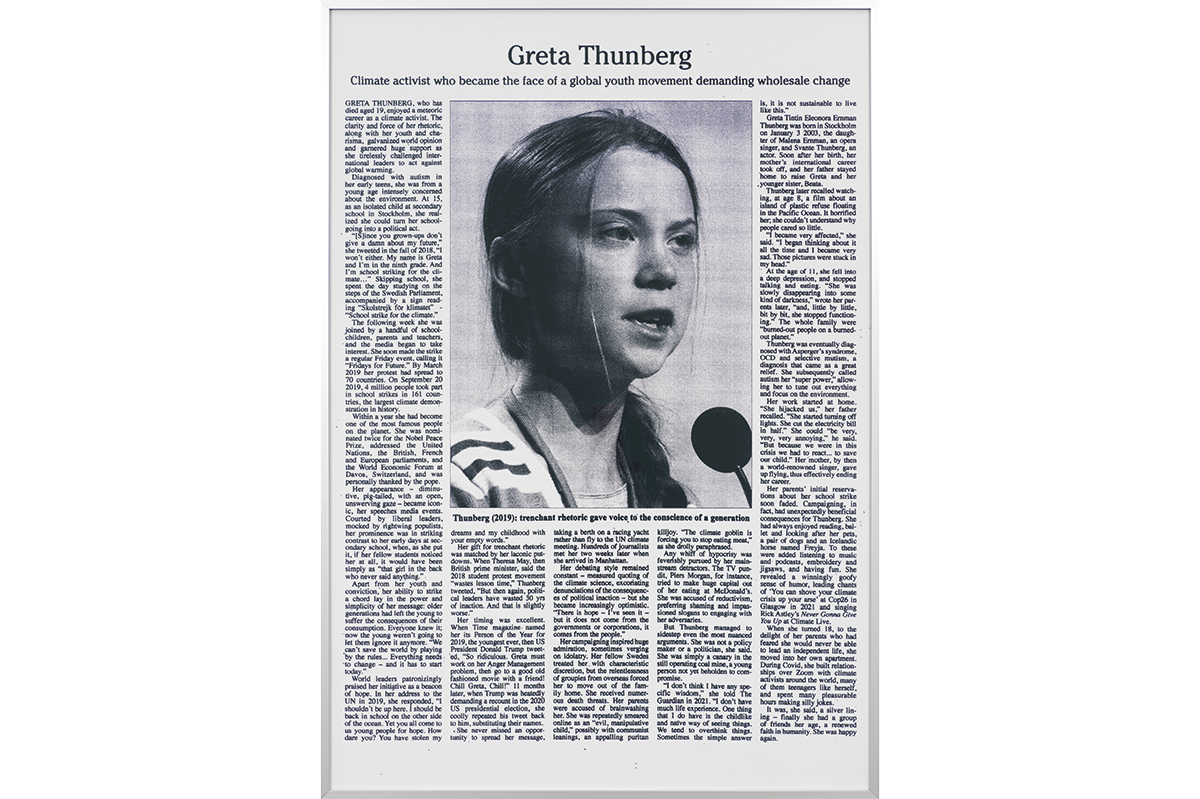
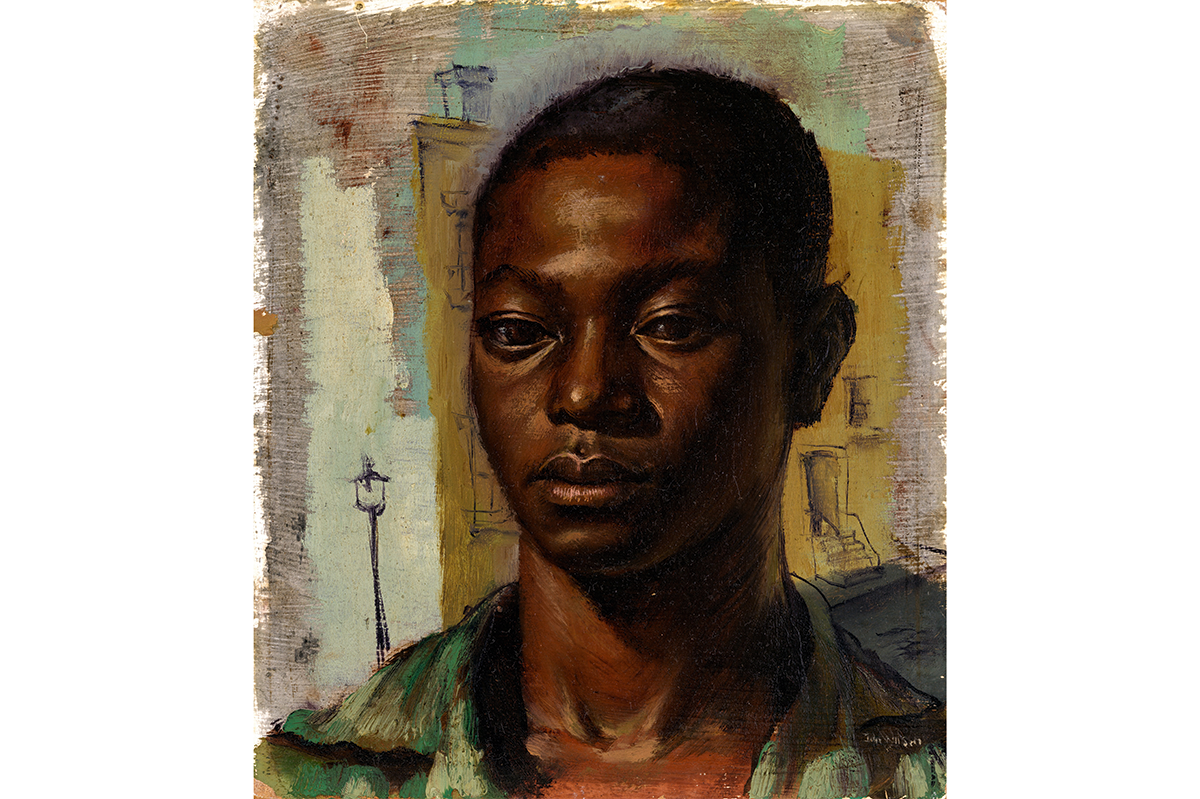
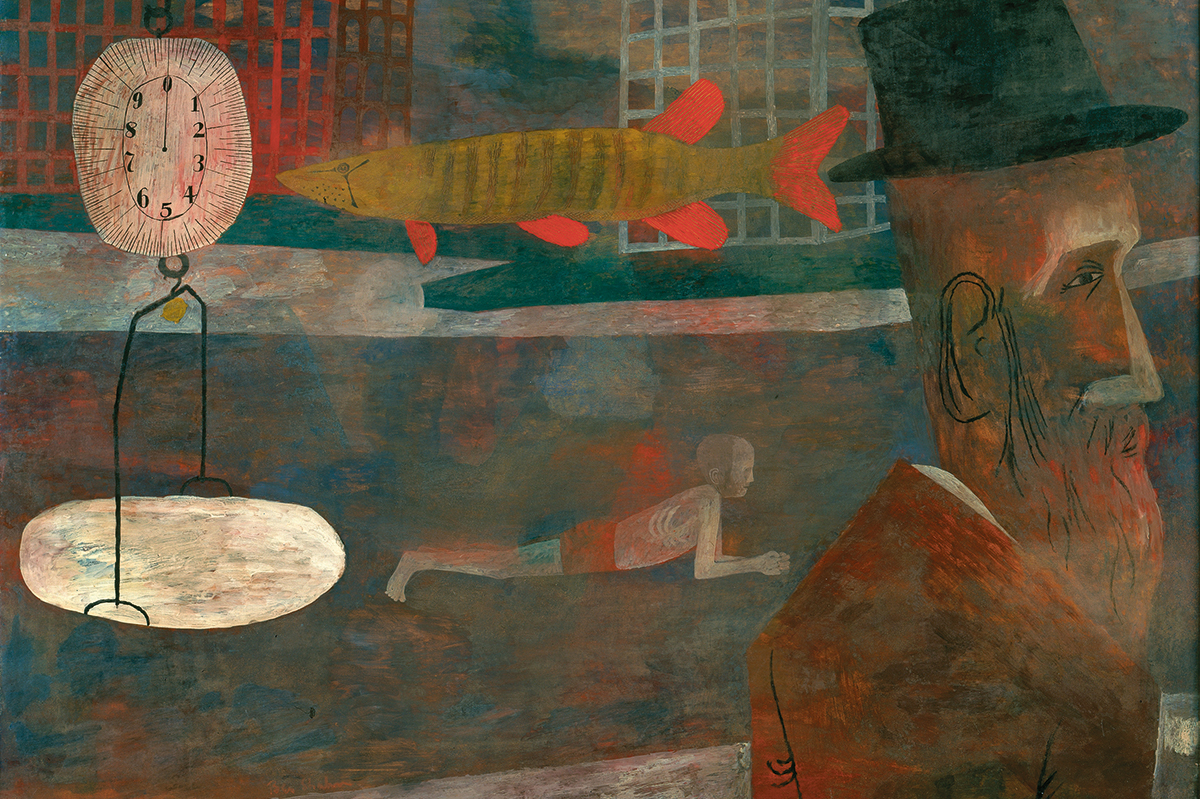







Leave a Reply